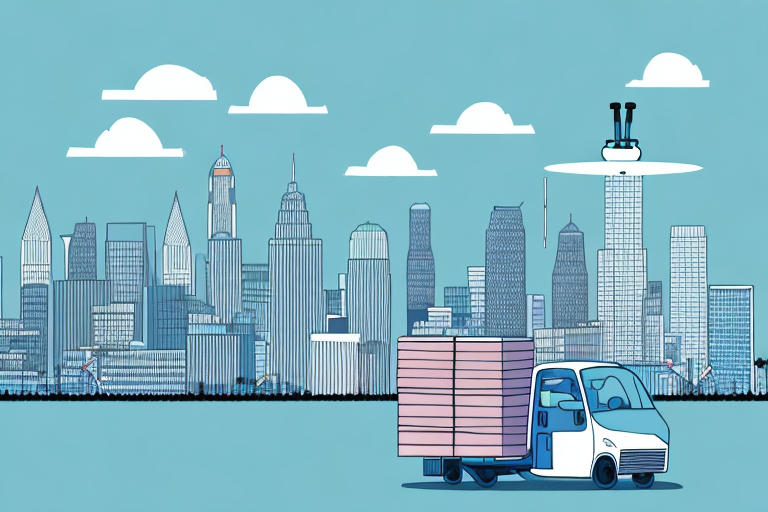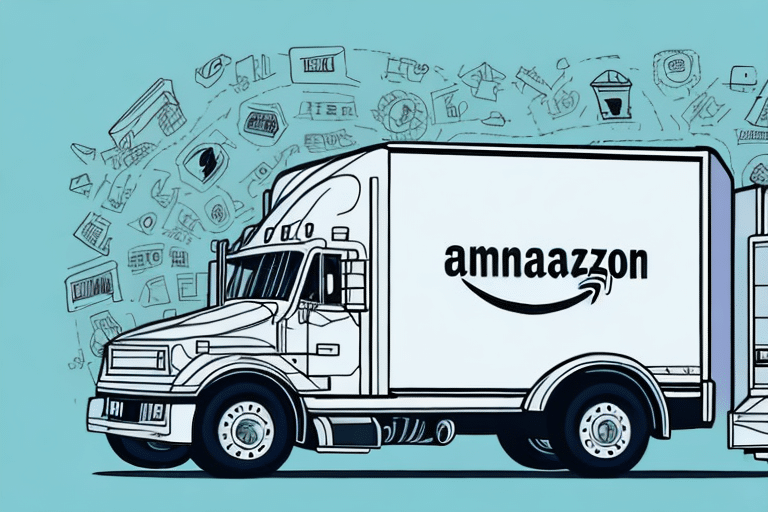The Rise and Evolution of Delivery On Demand
In the past decade, delivery on demand services have experienced exponential growth, fundamentally transforming the retail and service industries. Driven by advancements in technology and shifting consumer behaviors, these services have become an integral part of daily life for millions around the world.
The Digital Transformation of Shopping
The emergence of e-commerce giants like Amazon and the proliferation of smartphones have been pivotal in the rise of delivery on demand. According to a Statista report, global e-commerce sales are projected to reach $6.54 trillion by 2023, highlighting the increasing reliance on online shopping and subsequent demand for efficient delivery services.
Technological Innovations Driving Growth
Technologies such as artificial intelligence, machine learning, and blockchain have streamlined logistics and supply chain management, enabling faster and more reliable deliveries. These innovations have allowed companies to optimize routes, predict consumer demand, and enhance overall operational efficiency.
Benefits of Delivery On Demand
Delivery on demand services offer a multitude of benefits for consumers, professionals, and businesses alike, making them a cornerstone of modern commerce.
For Consumers
Consumers enjoy unparalleled convenience, allowing them to shop from anywhere at any time. Services like same-day and one-hour delivery cater to the need for speed and flexibility. Additionally, access to a wide range of products without the need to visit physical stores enhances the overall shopping experience.
For Busy Professionals
Busy professionals can leverage delivery on demand to save time and reduce daily stress. By outsourcing tasks such as meal preparation, grocery shopping, and package retrieval, they can focus more on their work and personal goals. A study by McKinsey & Company indicates that time saved through delivery services can significantly improve productivity and work-life balance.
For Small Businesses
Small businesses benefit from increased reach and customer base without the need for extensive physical infrastructure. Delivery on demand platforms provide access to new markets and enhance customer satisfaction through reliable and timely deliveries. This level playing field allows small enterprises to compete more effectively with larger corporations.
Future Trends in Delivery On Demand
The delivery on demand landscape is poised for further innovation and expansion, driven by emerging technologies and evolving consumer expectations.
Autonomous Vehicles and Drones
Companies like Amazon and Google are actively testing drone deliveries and autonomous vehicles, which promise to reduce delivery times and operational costs. According to a Forbes article, the adoption of these technologies is expected to revolutionize last-mile delivery within the next decade.
Sustainable Delivery Practices
With increasing awareness of environmental impacts, there is a growing trend towards eco-friendly delivery options. Strategies such as route optimization, electric delivery vehicles, and consolidated shipping are being implemented to minimize carbon footprints. A report by the International Energy Agency highlights the importance of sustainable practices in reducing the environmental impact of delivery services.
Integration of Artificial Intelligence
Artificial intelligence is set to play a crucial role in enhancing delivery efficiency. AI-powered systems can predict demand patterns, optimize inventory management, and personalize customer experiences. This integration ensures that delivery services remain responsive and adaptive to changing market conditions.
Choosing the Right Delivery On Demand Service
Selecting the appropriate delivery on demand service involves evaluating various factors to ensure that the chosen provider aligns with individual or business needs.
Key Factors to Consider
- Pricing: Compare the cost structures of different providers to find a service that offers value without compromising quality.
- Speed: Assess the delivery times and choose a provider that can meet your urgency requirements.
- Reliability: Look for services with high on-time delivery rates and consistent performance.
- Customer Service: Ensure that the provider offers robust customer support to handle any issues or inquiries.
- Service Availability: Confirm that the service operates in your geographic area and offers the specific products or services you need.
Top Delivery On Demand Providers
Prominent delivery on demand services include Postmates, DoorDash, and Amazon Fresh. Each of these platforms offers unique features and benefits, catering to diverse consumer preferences and business needs.
Maximizing Service Benefits
To fully leverage the advantages of delivery on demand, consider utilizing loyalty programs, taking advantage of promotional offers, and planning orders in advance. Effective communication with service providers regarding special requirements can also enhance the overall delivery experience.
Addressing Common Misconceptions and Ethics
Despite their popularity, delivery on demand services are often surrounded by misconceptions and ethical concerns that need to be addressed.
Common Misconceptions
- Limited to Food Delivery: Many believe that delivery on demand is only applicable to food, whereas it encompasses a wide range of products and services.
- High Costs: There's a misconception that these services are prohibitively expensive, but competitive pricing and various options make them accessible to a broader audience.
- Security Risks: Concerns about data security and fraud are often overstated, as reputable providers implement stringent security measures to protect user information.
Ethical Considerations
As the industry grows, ethical considerations such as fair labor practices and sustainability become increasingly important. It's crucial for delivery on demand companies to ensure fair compensation and working conditions for their workforce. Additionally, adopting sustainable delivery practices is essential to mitigate environmental impacts.
Sustainability Initiatives
Implementing eco-friendly strategies like using electric vehicles, optimizing delivery routes, and reducing packaging waste are key initiatives that contribute to a more sustainable delivery ecosystem. These efforts not only benefit the environment but also resonate with environmentally conscious consumers.
Understanding the Logistics of Delivery On Demand
The seamless operation of delivery on demand services relies on sophisticated logistics processes that ensure efficiency and reliability.
Delivery Routing and Optimization
Advanced algorithms and real-time data analytics are used to determine the most efficient delivery routes, minimizing transit times and reducing operational costs. This optimization is critical for maintaining high levels of service and customer satisfaction.
Inventory Management
Effective inventory management systems ensure that products are stocked appropriately to meet demand while avoiding overstocking or stockouts. Integration with supply chain management software allows for real-time tracking and adjustments based on consumer behavior and market trends.
Order Fulfillment
Streamlined order fulfillment processes, including automated sorting and packaging, contribute to faster delivery times and improved accuracy. Leveraging technologies such as robotics and automation can further enhance the efficiency of these operations.
Technology Integration
Utilizing comprehensive logistics software that integrates various aspects of the delivery process—from order placement to final delivery—ensures a cohesive and efficient service. This integration facilitates better communication, tracking, and overall management of delivery operations.
Conclusion
Delivery on demand services have revolutionized the way we shop and access essential products and services. By offering unparalleled convenience, speed, and flexibility, these services cater to the needs of consumers, professionals, and businesses alike. As technology continues to advance and consumer expectations evolve, delivery on demand is set to become even more integral to our daily lives. Embracing these services not only enhances efficiency and productivity but also contributes to a more connected and sustainable economy.




















